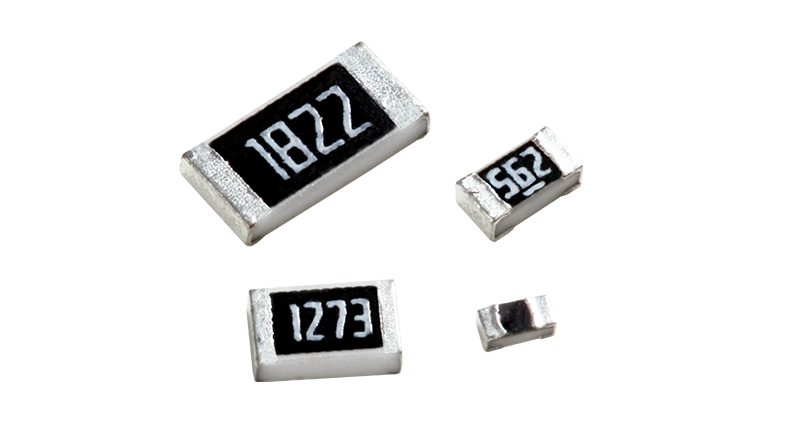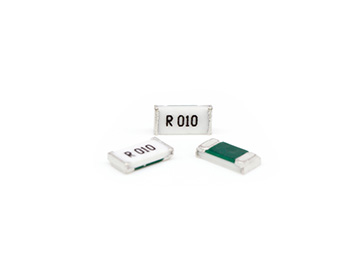Electrical circuit, resistance is a basic and indispensable component. It not only undertakes the important tasks of current control and voltage distribution, but also plays a very important role in protecting circuits and regulating signals. This article will take you deeper into the basic role and working principle of resistance, debunking the science behind this small device.

Guardians of current: The fundamental role of resistance
When an electric current passes through a conductor, it encounters obstacles from the material's atoms and electrons, which are called resistance. The existence of resistance limits the activity of the current, just like the valve controls the water flow, can avoid the current is too large and destroy the other components of the circuit circuit, select the appropriate resistance value can ensure that the current in a safe range of activities, thus protecting the stable operation of the whole system.
Energy conversion stations: How does resistance work
When the current passes through the resistor, the resistance to the current will be converted into heat energy, which is often called "joule heat." This conversion is the basic principle of resistance work, that is, the conversion of electrical energy into heat energy. This kind of conversion ensures the energy balance in the circuit and avoids the circuit damage caused by excessive energy accumulation.
Modulator of signals: Diverse use of resistors
Resistors not only play an important role in the processing of current limiting and partial voltage electronic signals. For example, analog circuits, resistors can be used to build a variety of filters, oscillators and amplifiers, regulate the strength and frequency of the signal digital circuits, resistors can be used to set the logic level to ensure the correct transmission of the signal.
Precise current controllers: the special role of variable resistors
Variable resistors or potentiometers provide a method of adjusting the resistance value in the circuit, the user according to the size of the mediation current audio equipment, volume control is achieved by adjusting the variable resistance. Like the lighting system, the dimmer also controls the brightness of the light by changing the resistance value.
Key element of circuit protection: Additional function of resistance
Some special types of resistors are used to protect the circuit from voltage spikes and transient currents. These resistors can quickly absorb excess energy in abnormal situations, thereby protecting sensitive electronic components from damage. For example, metal oxide varistors (MOV) and transient voltage suppression diodes (TVS) are such protective components.
Resistance is the cornerstone of electronic circuits, the working principle is simple but far-reaching. By blocking the current and converting the energy, the resistance not only ensures the safe operation of the circuit, but also provides accurate control of the electronic signal. Whether in everyday electronic devices or complex industrial systems, resistors are the behind-the-scenes heroes that keep the electronics world running smoothly.


